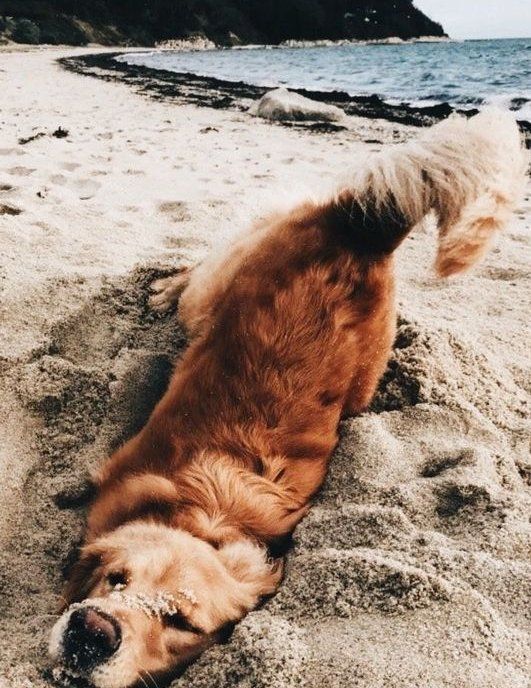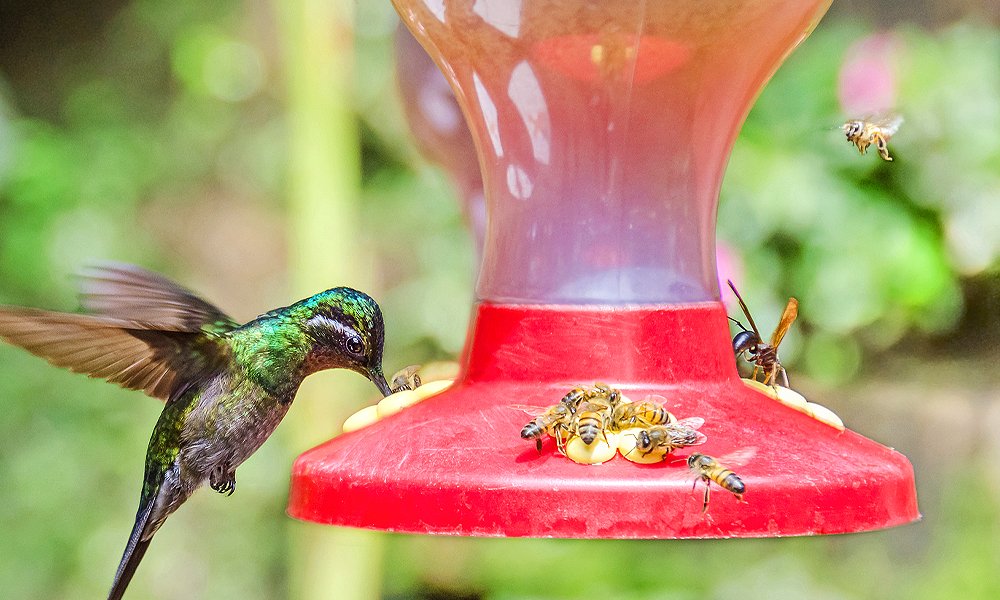When bringing home adorable Great Dane or Newfoundland puppies destined for triple-digit sizes, their sheer scale and strength as adult dogs intimidates many owners from properly training them. But molding obedient gentle giants relies more on understanding their unique needs versus brute strength wrestling them into compliance. Tailoring trusted reward-based techniques to the larger canine perspective enhances unwavering cooperation central to harmonious life together.
Address Physical Needs Generously
Going big means BIG appetites, exercise requirements and space considerations from start for healthy foundations protecting developing bones and joints. Budget extra on quality large breed puppy nutrition, safe play zones, comfy bedding, and varied chew toys preventing boredom chewing sprees. Prioritize future mobility preserving activities over high-impact stress when young. Invest in their physical needs upfront and they’ll reward you with vigorous years together.
Start Training Early and Patiently
Since even playful hopping and pawing from 100-pound dogs intimidates people, curb troublesome habits early through positive redirection towards appropriate toys instead. Reward gentle manners, impulse control basics, and socialization experiences in measured doses protecting short attention spans. Keep all early lessons positive through brain-building games suited to their maturity level. Grow good habits early on.

Proper Leash Manners
Halter-style head collars offer extra steering assistance on training tracks for easily distracted large dogs prone to drag smaller handlers. Alternatively, front-clip harnesses reduce lunging and pulling by redirecting momentum for easier cooperation. Practice proper loose leash walking focusing that natural strength purposefully.
Simple Cues Over Physical Prompting
Avoid physically positioning big dogs into places like small crates or vehicles. Instead, train them to voluntarily enter/exit on simple verbal cues adding in treats later. This reduces dangerous crowding risks and reinforces respectful door etiquette since you won’t manually guide them forever due to size.
Maximizing Success with Patient Leadership
More than pure muscle, effectively training large guardian breeds requires insight into their psyches plus realistic expectations around unique care needs. Provide clear structure with positive motivators suited to their temperaments and they blossom into incredible partners. Allow ample room to grow without overwhelming into problematic patterns. Channel their spirit cooperatively instead of combatting size with force and they will make you proud for years to come.

Frequently Asked Questions
Are prong or shock collars okay short-term?
Never – the risks of emotional damage or accidental harm^(1)(2) from misuse aren’t worth shortcuts. Stick to proven humane methods like front-clip harnesses redirecting attention instead for reliable results.
Is it unrealistic I can control my giant breed in public?
Not if properly trained. But it does take vigilance sticking to advanced socialization, impulse control lessons and reinforcement of heel cues when distracted. Handle situations beyond current capabilities gently – don’t flood into anxiety.
How do I train big dogs who jump on people?
Use sturdy leashes giving access proximity control. Verbally correct unwanted jumping, but mainly reward four-on-the-floor polite behaviors profusely so they default to those first. Always keep some attention on them noticing good choices in action.
While extra large dogs intimidate some owners, tailored patient training lets their impressive strengths shine through steady cooperation and devotion. Determine motivators speaking their love language for unwavering reliability benefiting all daily activities together.



